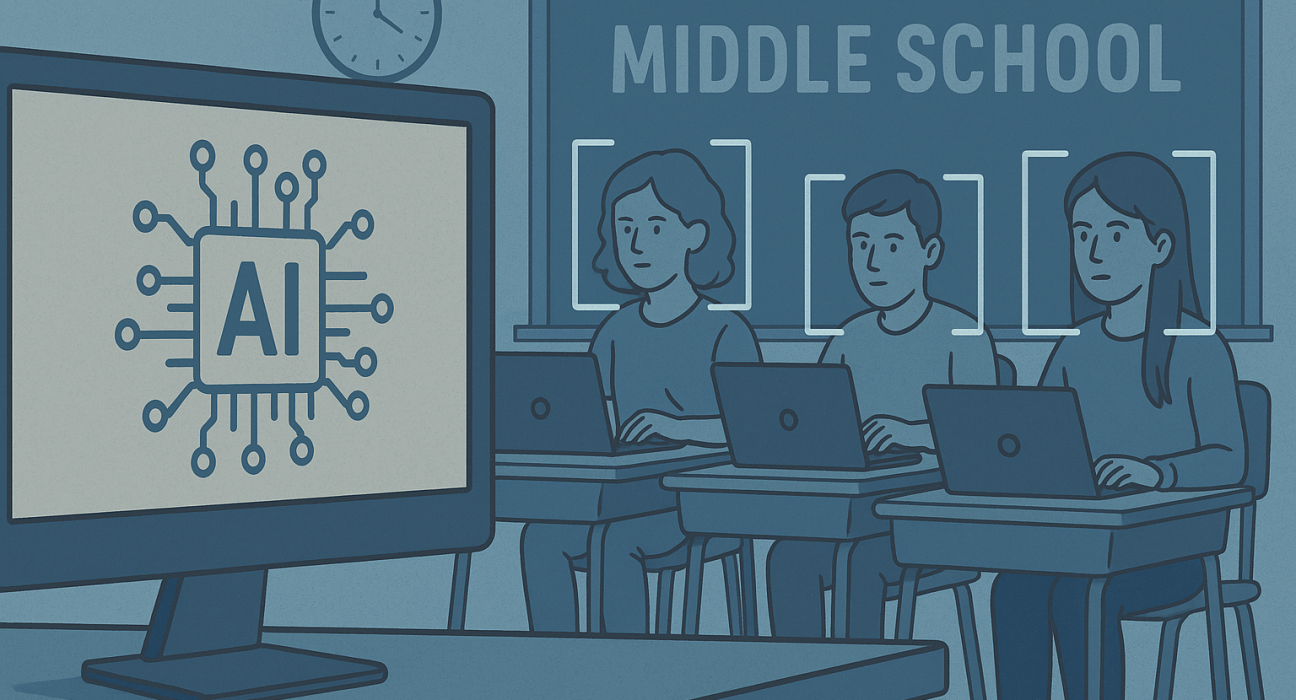Schools across the U.S. are increasingly deploying AI-powered surveillance tools like Gaggle, Lightspeed Alert, Bark, and GoGuardian to monitor students’ online activity on school-issued devices, aiming to identify signs of self-harm, violence, or bullying Wikipedia.
A widely publicized case involved a 13-year-old girl in Tennessee. After making an offensive (but contextually non-threatening) joke through a school-monitored chat, she was arrested, strip-searched, and detained overnight—despite the comment lacking actual intent AP News.
Key Points
- Surveillance Scope: AI systems monitor most student communication on school-controlled platforms with minimal context awareness Wikipedia
- False Alarms Are Frequent: In Kansas, nearly two-thirds of flagged incidents were false — ranging from benign student homework to deleted photography AP News.
- Privacy Risks & Trauma: Civil rights groups warn these programs may criminalize everyday teenage remarks, causing emotional trauma and unfair law enforcement encounters AP News.
- Data Security Concerns: Investigations revealed almost 3,500 unredacted student documents were accessible due to poor cybersecurity controls AP News
- Lack of Evidence: No conclusive studies demonstrate that surveillance systems reliably improve safety or mental health outcomes ABC News
Future Projections & Considerations
| Topic | Potential Impacts |
|---|---|
| Student Well-being | False positives may strain trust and carry emotional consequences. Use of law enforcement for non-threatening behavior may shape future juvenile justice dialogues. |
| Privacy & Security | Without stronger safeguards, sensitive student data remains vulnerable—prompting potential cybersecurity reforms and transparency demands. |
| Effectiveness & Ethics | As evidence of effectiveness remains sparse, schools may face pressure to shift focus to frontline mental health staffing and human review rather than default AI alerts. |
| Policy & Oversight | Parents and advocacy groups may push for regulations requiring prior consent, opt-outs, and limitations on AI-enabled monitoring in schools. |
| Tech Vendor Responsibilities | Companies behind these tools may face heightened scrutiny on bias, overreach, and lack of contextual AI—potentially leading to product or policy redesigns. |
Final Reflection
AI-driven surveillance tools in schools emerge from the intent to protect students. However, mounting real-world cases—such as trauma from false alarms, privacy breaches, and minimal proven benefits—underscore serious risks. Moving forward, balance will be critical: safeguarding young people while respecting their privacy, ensuring ethical deployment, and integrating genuine human oversight remain essential.








Leave feedback about this
You must be logged in to post a comment.